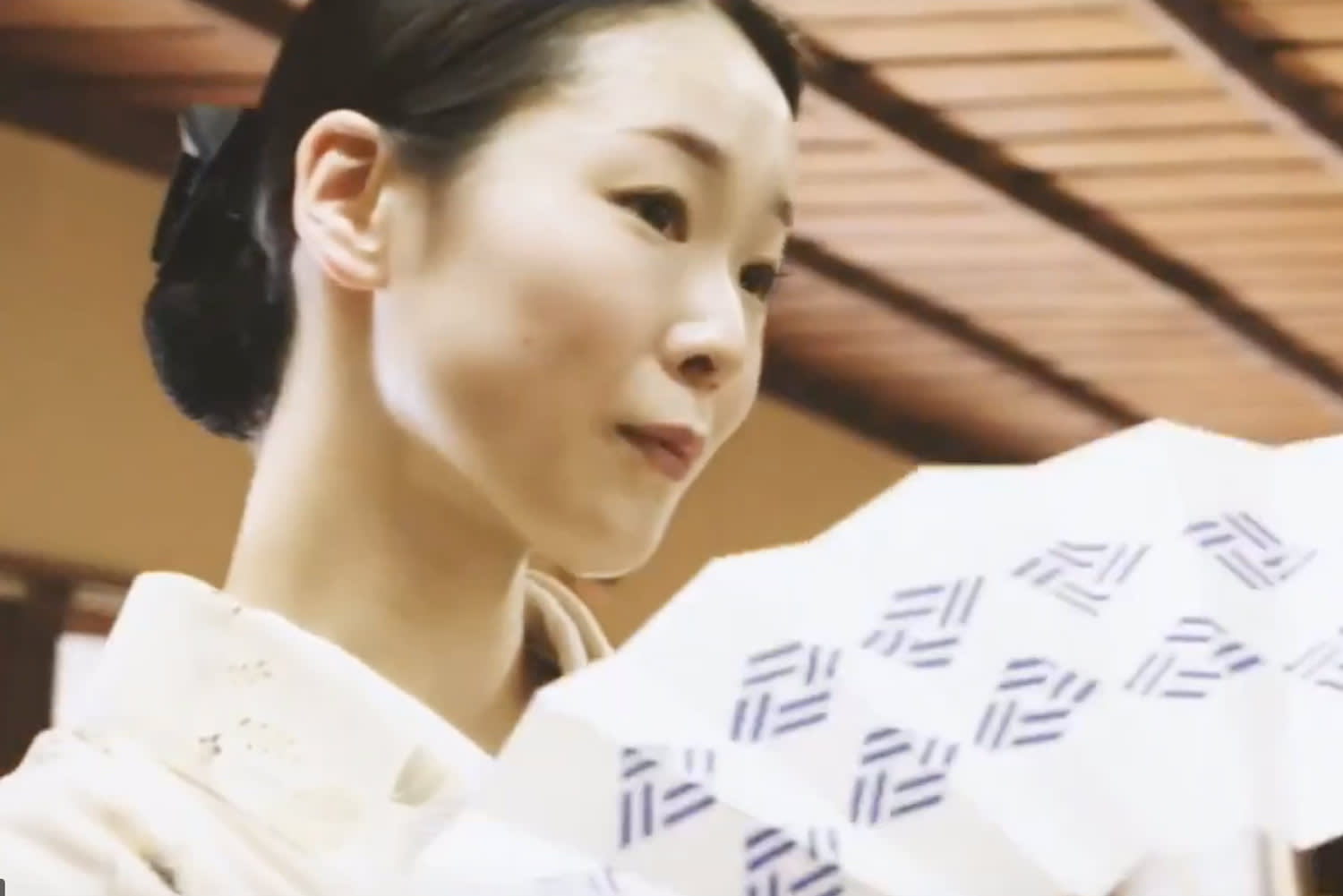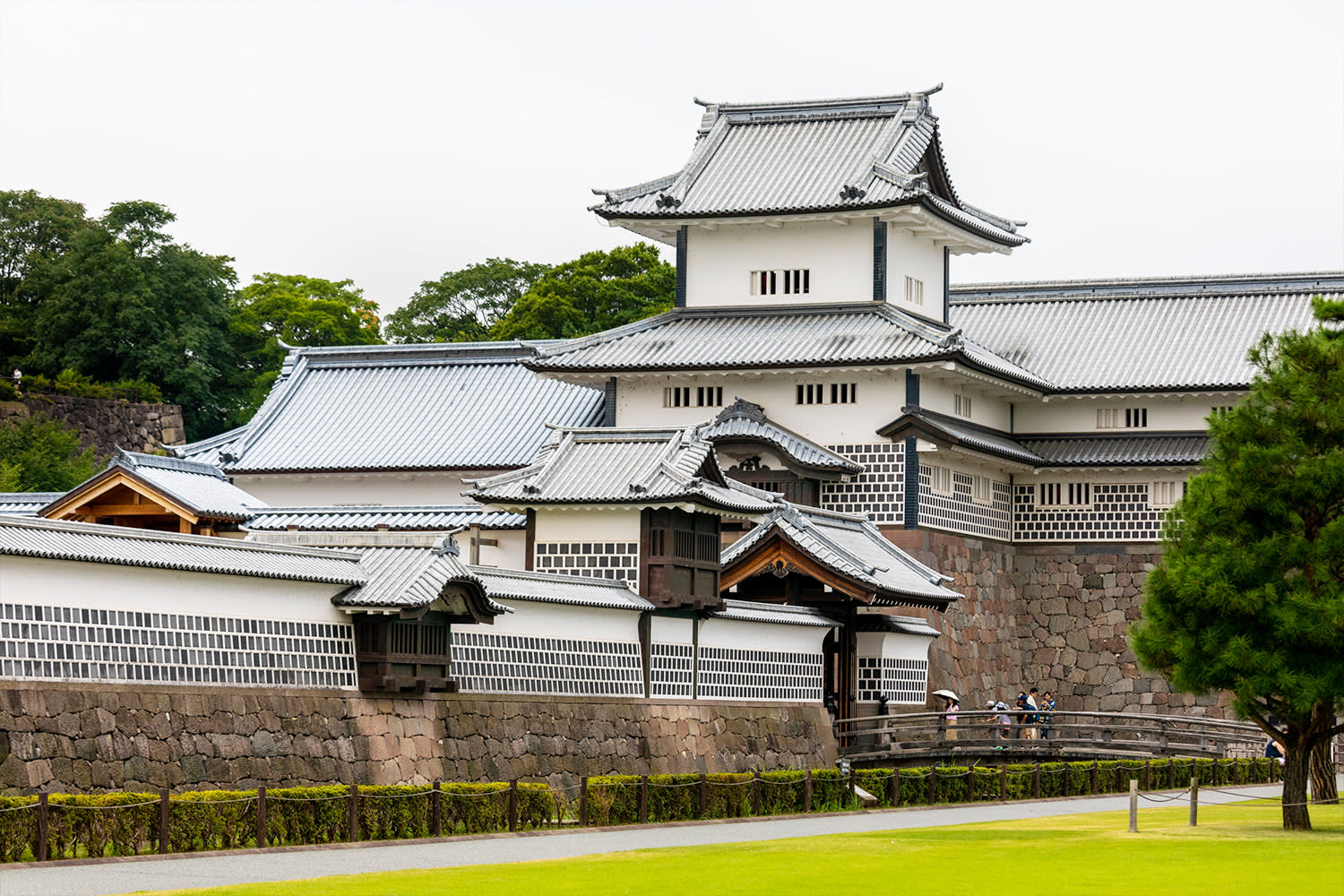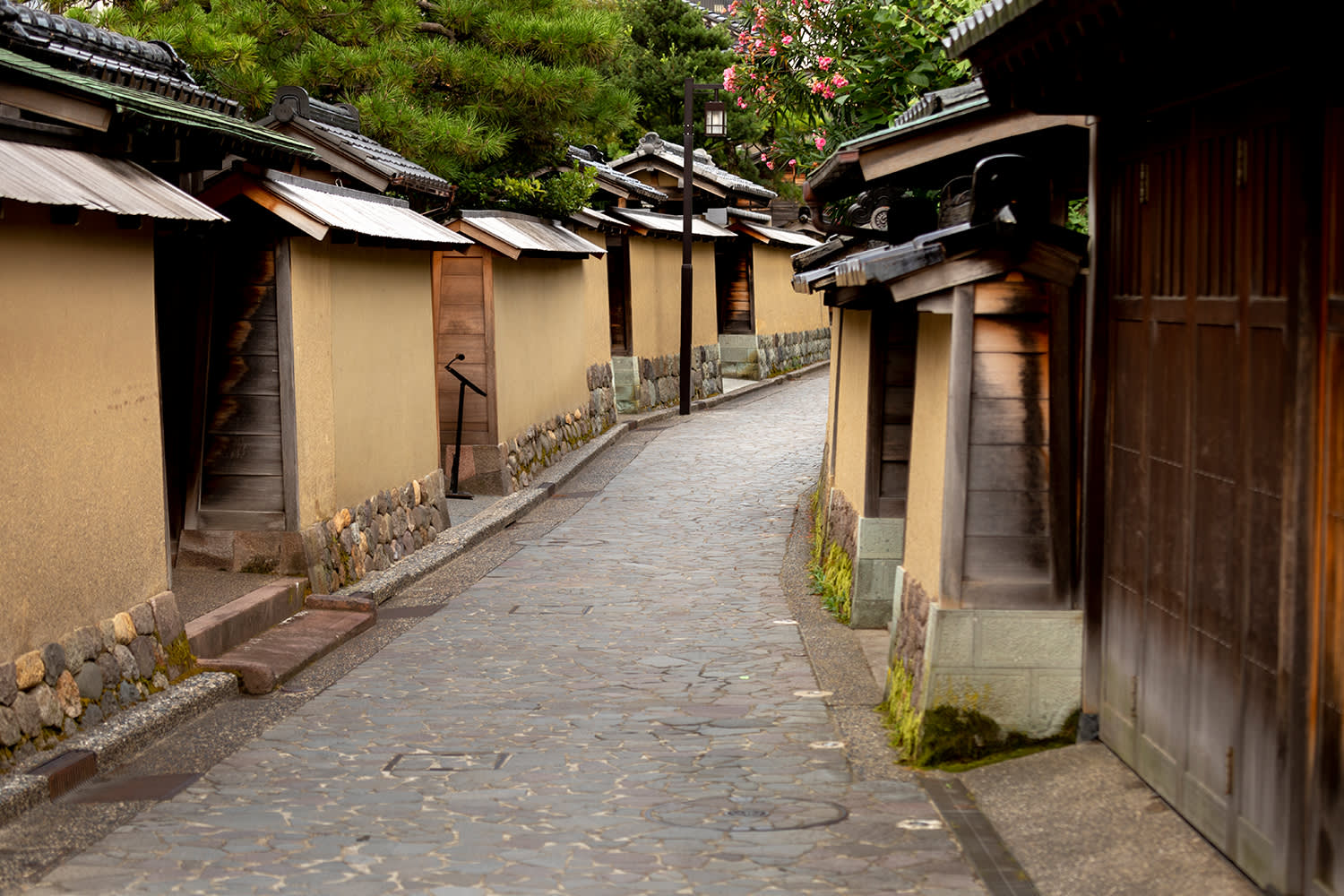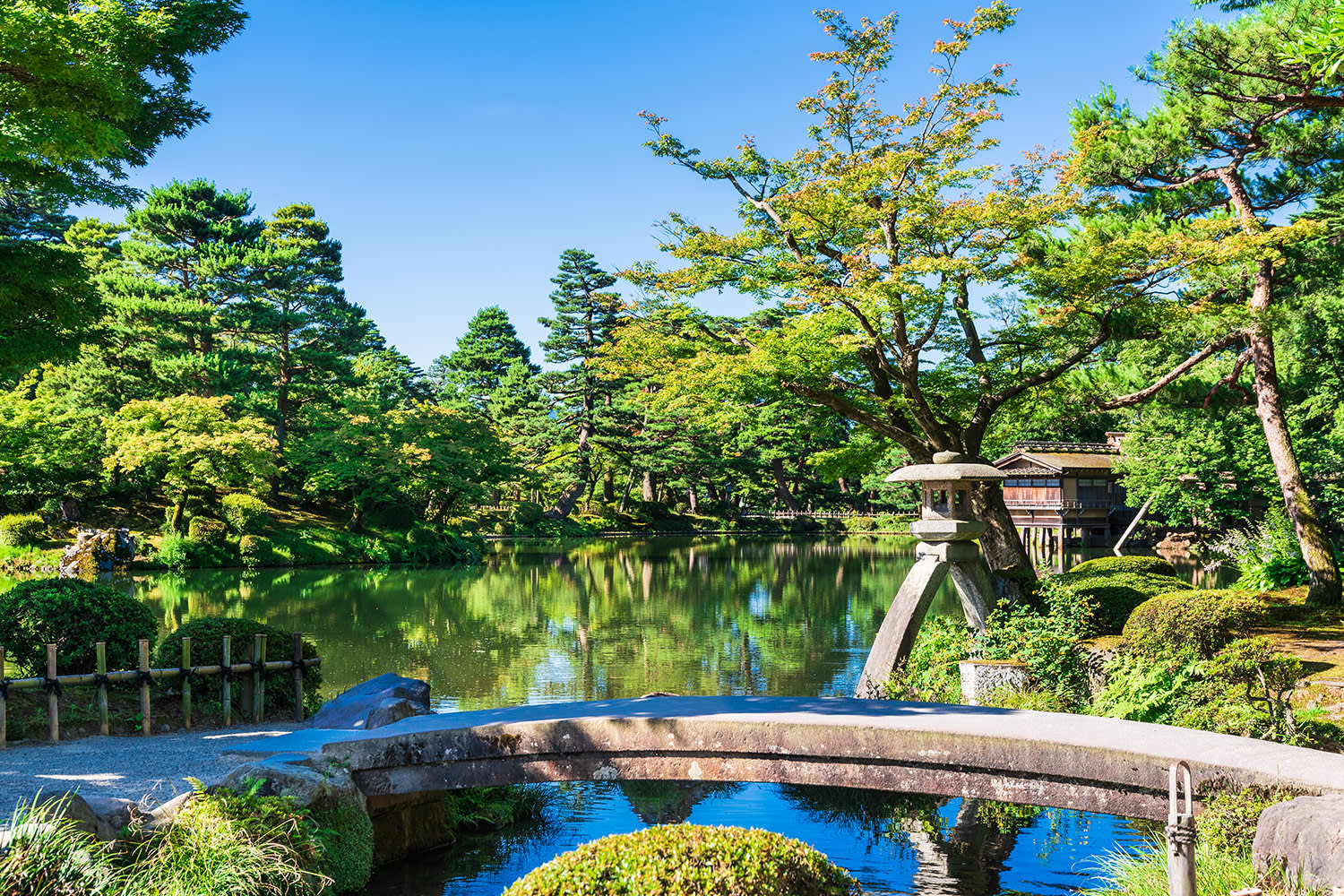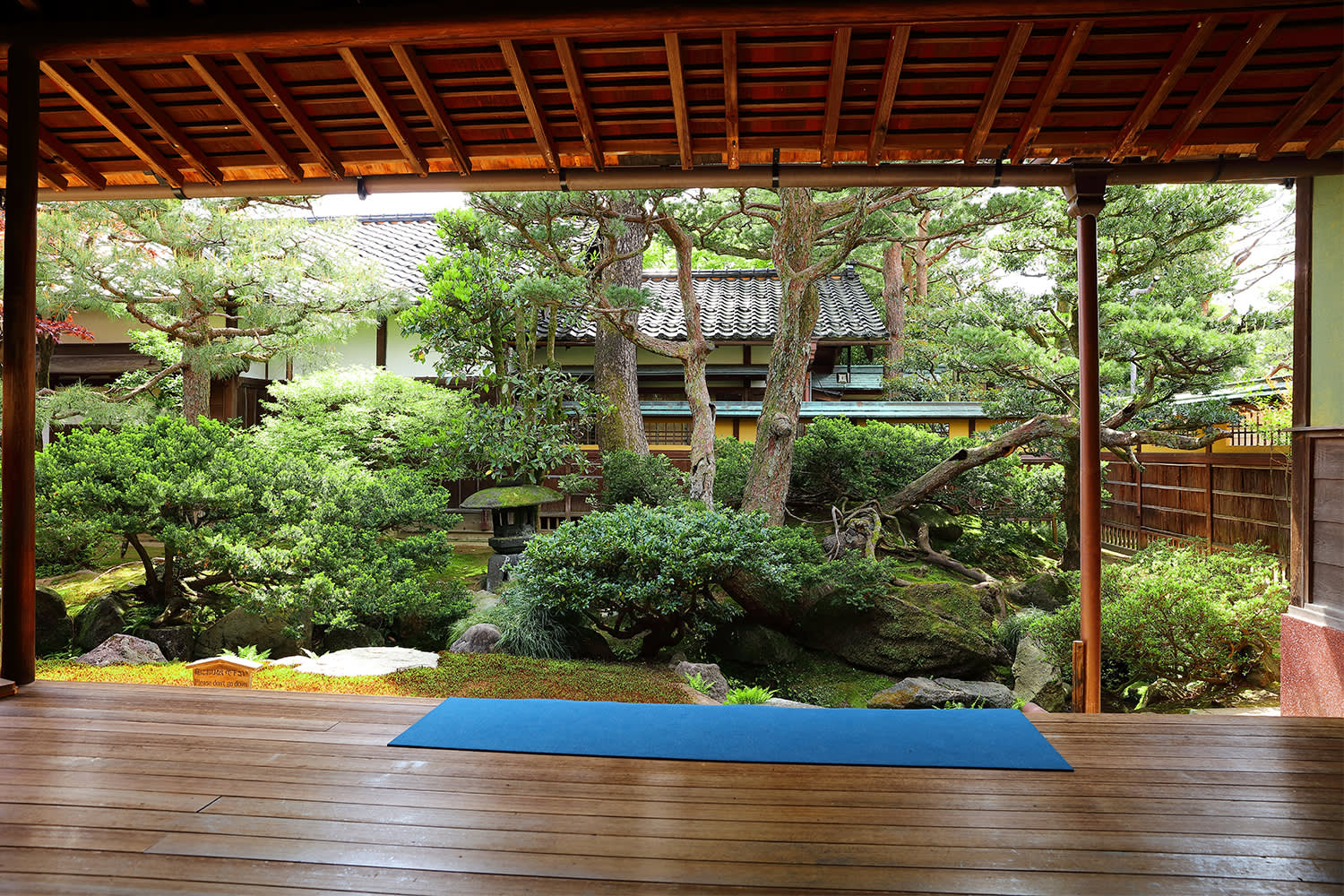
FIND YOUR ISHIKAWA
Samurai, Art, and Culture: The Power and Wealth of the Maeda Family
Art, cuisine, architecture, and culture flourished under the wealth and patronage of the Maeda family, the daimyo lords who ruled what is now Ishikawa Prefecture from 1583 to 1869. The buildings, gardens, crafts, and food of this unique region of Japan are inseparable from their legacy. Explore the legacy of the rulers of the Kaga domain through Kanazawa's key sights, including Kenrokuen Garden, Kanazawa Castle, and the Nagamachi Samurai District. Experience a Japanese tea ceremony using elegant Ohi ware tea bowls—ceramics with a distinctive design that evolved thanks to Maeda lords' promotion of the tea ceremony and the arts.
The powerful Kaga domain
Early modern Japan was divided into over 250 relatively autonomous domains, all under the ultimate authority of the shogun in Edo (now Tokyo). The Kaga domain, which corresponded roughly to present-day Ishikawa and Toyama prefectures, was ruled by 14 heads of the Maeda family from 1583 until the abolition of the shogunate and system of domains at the beginning of the Meiji era (1868–1912). Kaga was the wealthiest domain and its leaders were high-ranking officials in the shogunate despite the distance of their home domain from Edo.
A domain’s wealth was determined by the amount of rice (and other crops) it could produce. These values were expressed in units of dry, unmilled rice called koku, equivalent to about 180 liters. Kaga’s official yield of one million koku (hyakumangoku) was more than any other domain. This rank is a point of such pride that the word “hyakumangoku” is still heard frequently in Ishikawa, especially in connection with high-class cuisine and luxury crafts. The massive Hyakumangoku Festival every June celebrates the arrival of Maeda Toshiie (1537–1599), the first Kaga lord, at Kanazawa Castle.
The domain’s capital was centered on Kanazawa Castle. The Maedas made all their samurai live in Kanazawa, meaning that samurai estates occupied nearly 70 percent of the city’s land. A few of the samurai areas, including the Nagamachi district, retain the atmosphere of the Edo period (1603–1867).
The Maeda family had eight particularly important retainer families, known as the Kaga Hakka or “Eight Houses of Kaga.” These families were, in fact, wealthier than some of the lords of other domains. They had vast estates and their own retainers. Their holdings were so large that areas under their control felt almost like secondary castle towns within the greater castle town of Kanazawa. The power of these families is on display at the Kaga-Honda Museum, which exhibits armor, weapons, flags, and other artifacts from the Honda family, the richest of the Maeda retainers.
The population of the Kaga domain outside Kanazawa was mostly farmers, and rice was the most common crop. Salt harvesting was an important industry on the Noto Peninsula.
A well-preserved architectural legacy
The Maeda family used their wealth for impressive building projects. Much of the lords’ physical legacy remains relatively unchanged, as wars and natural disasters have taken little toll here. Still-intact gardens, villas, and temples built by the Maedas give a taste of the art and culture cultivated under their patronage.
Kenrokuen is one of Japan’s most famous landscape gardens, notable for its harmonious use of many garden-design elements. It evolved from a much smaller predecessor that the Maedas commissioned outside the gates of Kanazawa Castle in the seventeenth century. Subsequent generations expanded and renovated the garden until it reached its current size in the mid-1800s. Inside the castle gates, the lords made Gyokuseninmaru Garden into a more private retreat. Both gardens are now open to the public.
Seisonkaku, a spacious villa next to Kenrokuen, was built in 1863 by Maeda Nariyasu (1811–1884) for his mother in her retirement. The villa’s design blends Japanese aesthetics and Western touches. It is filled with luxurious interior design features popular at the time, including colorful openwork carvings, painted screens, brightly colored interior walls, and Dutch painted glass.
The Maedas had many buildings constructed not only in Kanazawa but throughout their domain. The third Maeda lord, Toshitsune (1594–1658), had a residence and garden built beside the dramatic cliffs of Natadera Temple in Komatsu (Kaga area). He also commissioned the majority of the structures at Myojoji Temple in Hakui (Noto Peninsula) in honor of his mother.
Art and culture fostered by the Maedas

The Kaga domain’s wealth and the Maeda family’s support of the arts gave rise to a thriving artistic culture. The Maedas were wary that their wealth could be perceived as a threat to the shoguns’ rule, so they intentionally directed their resources into cultural pursuits instead. The lords invited some of Japan’s top artisans to live in Kanazawa and provided them with generous stipends.
Support and funding from the Maedas encouraged the development of many of Ishikawa’s most notable crafts. These include Kaga-yuzen fabric dyeing and the production and use of gold leaf. The lords’ promotion of the tea ceremony led to the creation of Ohi ware—prized tea bowls made only by heirs of the Ohi family.
The Maedas were connoisseurs of Noh theater, and the Kaga domain was one of the few places in Japan where ordinary citizens—not only wealthy retainers of the lords—were encouraged to learn Noh. Noh was so popular even among laborers that Kanazawa was said to be a place where “Noh falls from the heavens,” thanks to carpenters chanting while working on rooftops. Learn more about Noh at the Kanazawa Noh Museum and see a play at the Ishikawa Prefectural Noh Theater.
The Maeda-sponsored culture of hospitality, fostered in part through the tea ceremony, led to the development of the area’s cuisine, called Kaga-ryori. Support from the lords granted the area’s best chefs access to top ingredients and encouraged them to hone their skills.

